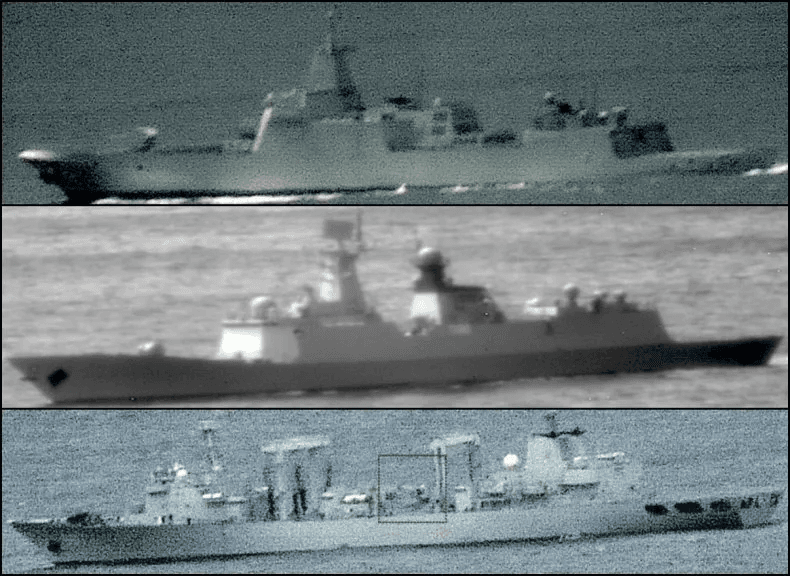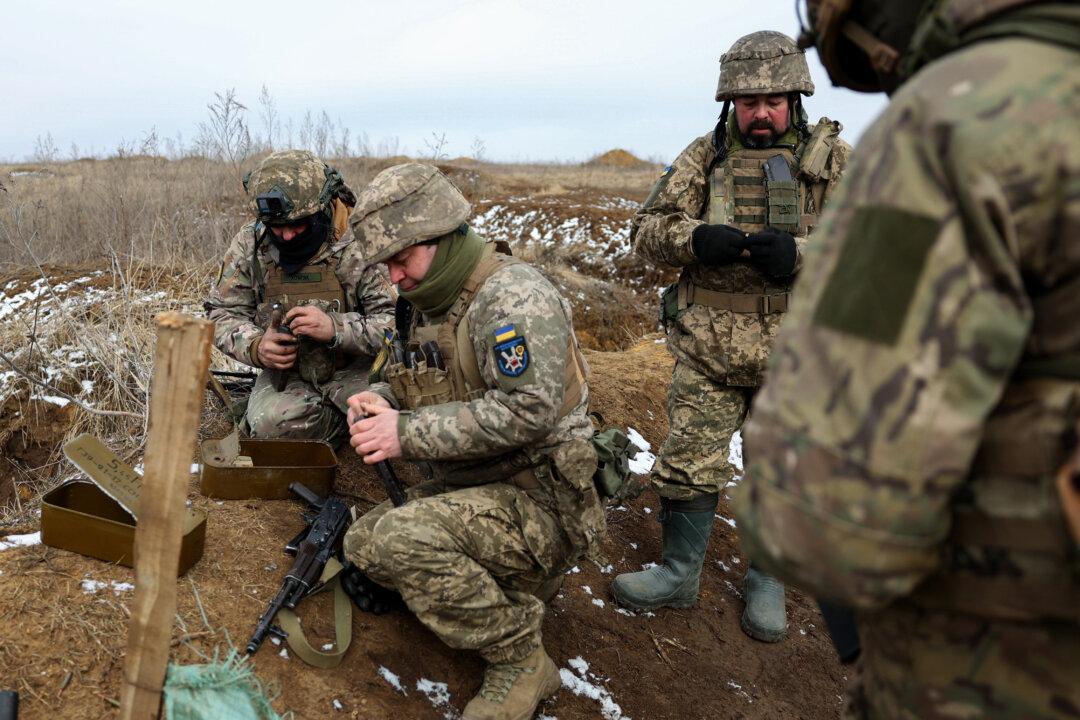In the greater scheme of military exercises, it was almost minuscule in scale. Yet China’s Task Force 107—just three ships strong—forced 49 commercial aircraft to divert from their flight routes, primarily because of a sudden warning issued over an international guard frequency only a few hours before the shooting started.
More importantly, the exercise must be viewed in the overall context of Beijing’s political warfare operations in the Southwest Pacific—and as a strategic message.
Political warfare and strategic signaling constitute key components in China’s military activities.
Unlike the former Soviet Union, the People’s Republic of China (PRC) pursues the long game with military power playing a supporting rather than commanding role in peacetime and crisis. Beijing has long criticized Western naval operations in the waters it considers its own, and just demonstrated that it can similarly challenge a U.S. ally, should it choose to do so.
Additionally, separating an enemy from its existing and potential allies is a long-standing Chinese strategic principle, one best known in the West from Sun Tzu’s widely read “Art of War.” In that regard, China’s 30-year aid, trade, diplomatic, and security effort to woo the Southwest Pacific island nations from the West has begun to pay off.
Currently visiting Siem Reap, Cambodia, the People’s Liberation Army (PLA) Navy’s small three-ship Task Group 107 triggered a brief flurry of headlines across Asia in mid-March by conducting a live fire exercise in the Tasman Sea lasting less than two hours.
Although Task Force 107 neither made port visits nor interacted with those nations on this deployment, future task forces will do both, giving Beijing the potential to pressure, if not disrupt, the vital air and sea links connecting Australia, New Zealand, and the United States.
Beyond that, the task force’s circumnavigation of Australia added another potential benefit for Beijing, sowing doubt in Canberra about the efficacy of its alliance with the United States. Distant though the task force may have been from China, its deployment highlighted to some that the PRC is much closer to Australia than is the United States.
Beijing’s Australian sympathizers argued that it was smarter economically to accommodate Beijing than risk the country’s access to the Chinese market by launching a costly and time-consuming national rearmament effort that might anger China’s leaders.
Those arguments have faded quickly, replaced by a growing commitment to revamp Australia’s military forces, but the seed has been planted. China will try to nurture the “go it alone” and “cooperate with Beijing” political themes in the months and years ahead via trade opportunities and “grant funds” to those willing to support those themes. Creating divisions among an enemy’s body politic, or creating chaos in the enemy’s capital, is another axiom of traditional Chinese strategic thought.
Skeptics may ignore or reject that interpretation of Beijing’s intent, arguing that there is no reason for concern. After all, the force was small, it did not violate international law or the U.N. Convention on the Law of the Sea, nor did it take any threatening actions.
Further, there is no evidence that another task group will follow any time soon. Finally, the “anti-alarmists” note that the PLA Navy has yet to deploy an aircraft carrier to distant waters and it may be years before it can do so.
Although factually accurate, those assessments ignore three very critical factors in maritime power and strategy. First, it takes three to 10 years to build a warship and more than a decade to build or rebuild a fleet. While the United States and other major Western nations ignored or misallocated their maritime resources over the past 25 years, the PRC has been building and modernizing its fleet at a historically unprecedented pace.
The PLA Navy’s latest warships are on a technological par with the best of the U.S. Navy surface warships, and it is building twice as many per year. While the United States’ submarines and aircraft carriers remain superior, the PRC’s are catching up, and again, expanding their numbers at a faster rate.
Moreover, navies have a diplomatic and politico-economic role in peacetime. It is one role in which numbers matter. Called show-the-flag missions, warship transits through an area and port visits to foreign countries signal their nation’s interest in that region.
As several naval leaders and national strategists have long stated, there is no substitute for presence in demonstrating national interest. Only a permanent military garrison provides a stronger statement, but periodic naval visits provide a cost-effective substitute when that is not practical, and provide a complement in countries already hosting a military presence.

Finally, port visits inject a significant cash flow into local economies through crew tourist activities and the ships’ purchase of food, fuel, and other consumables. That economic contribution and any civil projects the crews may undertake can earn a lot of goodwill.
As mentioned earlier, Task Group 107 did not conduct any Southwest Pacific or South China Sea port calls. The next task group deployment to the area will include visits to the Solomon Islands and the Cook Islands, and possibly Fiji, three countries with which Beijing recently signed security or economic agreements, respectively.
Moreover, those three countries lie in waters that have seen a massive reduction in U.S., Australian, and New Zealand presence, economic investment, and diplomatic attention over the past 30 years. Interestingly, the PLA Navy now has the numbers to conduct far more such deployments in the Southwest Pacific than does its U.S. counterpart.
In naval parlance, Beijing just fired a political shot across Australia’s, the Philippines’, and probably New Zealand’s defense planning bows. Task Force 107’s operation in the Tasman Sea is indeed very small, but that may not be the case 10 years hence. That incident is but the introductory sentence to a coming narrative in the Southwest Pacific and elsewhere.
As such, it is but the latest of the messages that Beijing has used its navy to send, particularly over the past four years. Let’s hope that someone has been reading them and preparing a response.







